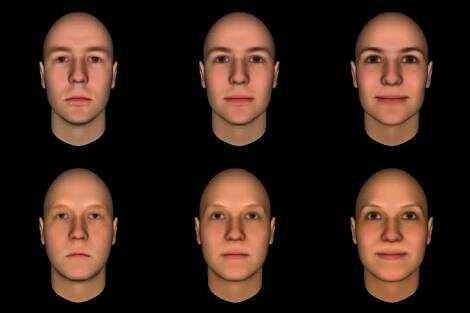
Face-resemblance acknowledgment is the demonstration of perceiving a non-confront question as a human face. This wonder is called "pareidolia," and alludes to "seeing a naturally insignificant protest, for example, an example, scene or question as another protest with importance." Many soul photos depend on this marvel. While pareidolia has been contended to happen in moderately low-level visual handling, at what level of visual preparing pareidolia really happens was never already perceived.
In this way, the exploration group of the Visual Perception and Cognition Laboratory at the Toyohashi University of Technology chose to examine the connection between conduct when a face-like protest is seen and mind action to uncover the level of visual preparing at which confront resemblance is perceived.
PhD understudy and lead creator of the examination Yuji Nihei clarifies that, "Visual handling of the human face is separated into three unique stages. The main stage is early visual handling of generally distinguishing the protest. At that point, if the protest is a face, recognizing the parts of the face (eyes, nose, mouth) from each other and handling the framework and parts of the face. Ultimately, articulation and individual contrasts are recognized. We considered the connection between action at these three phases of handling and the aftereffects of real acknowledgment and verified that face-similarity acknowledgment happens in the main phase of visual preparing. This preparing happens at a speed of around 100ms in the wake of review a protest, thus we trust that face-similarity handling happens before we know about the question."
Relate Professor Minami Testuto, who drives the exploration group, says that, "While seeing face-similarity in different items could be viewed as inaccurate regarding object acknowledgment, we trust this isn't only a misstep and really influences us to reexamine a critical psychological capacity. We might want to proceed with our investigation of face-resemblance acknowledgment from a goal approach."
The consequences of this investigation are accepted to fill in as a vital component to revealing the system of how people perceive and recognize two sorts of data - "confront resemblance" and items. The consequences of the present investigation likewise recommend that "face-resemblance" acknowledgment happens in early visual preparing and that face-like articles are handled in an indistinguishable way from a human face in later stages. Because of this, we trust that face-similarity can be caused by an impact that assembles regard for the face, or some other like jolt.